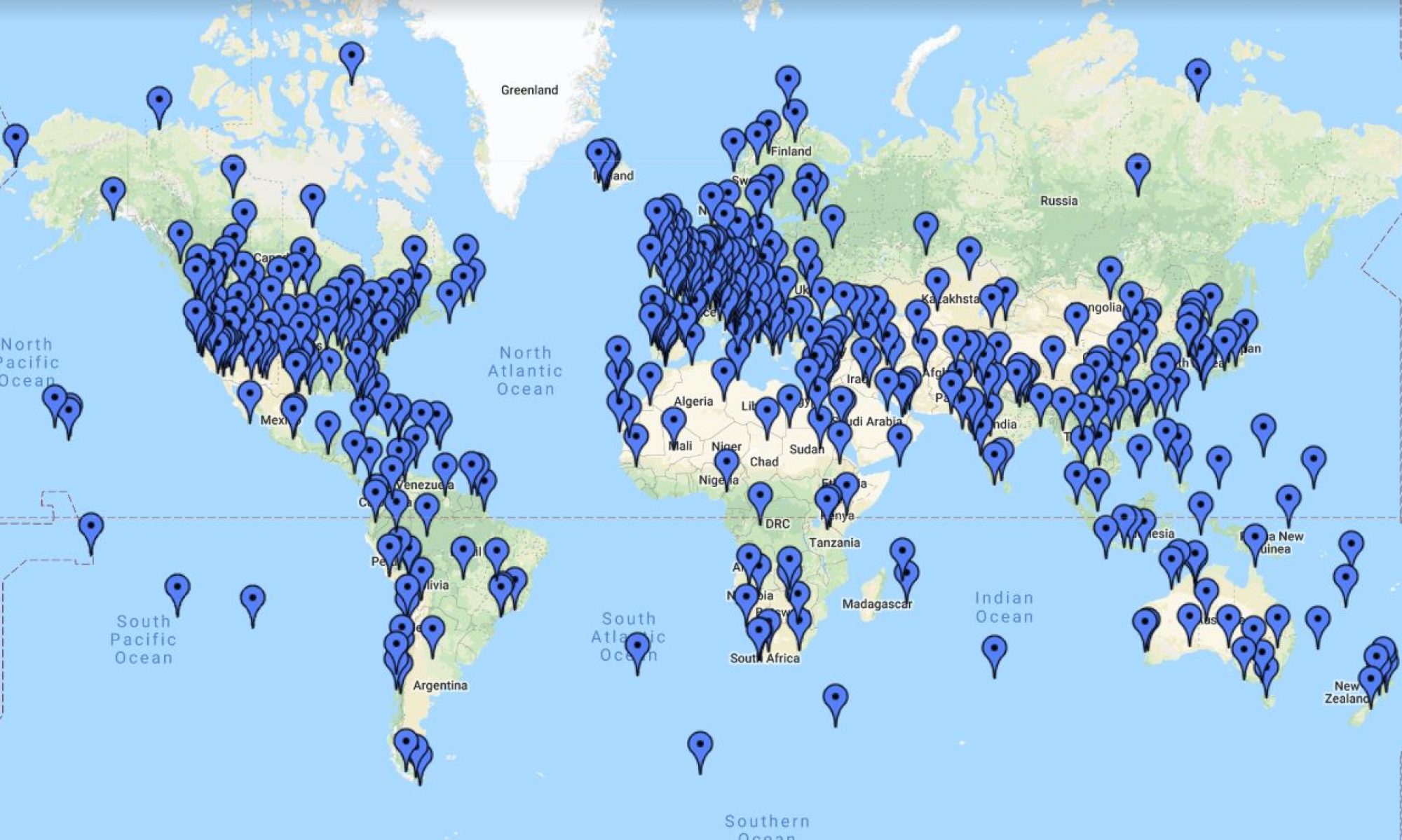Contest #637: Mutriku Breakwater Wave Plant, Mutriku, Spain
Located on the northern coast of Spain in the Basque country, this ingenious power plant leverages the motion of the waves against a breakwater to generate power. The breaking waves push a series of columns of air. The moving air drives 16 generators.
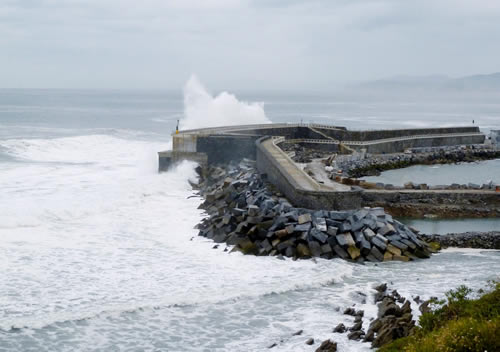
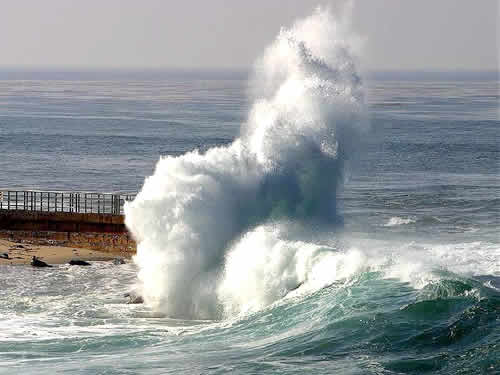
Those who found it before the hint:
- hhgygy
- Eloy Cano
- Paul Voestermans
- Walter_V_R
- Lighthouse
- krenek
- Martin de Bock
- Garfield
- Andreas Meister
- David Kozina
- Phil Ower
And after the hint:
- Robin
- Chris Nason
- Jeather
By the way, I made a mistake in the hint — the 70,000 homes number comes from the previous contest (Steven’s Croft). Mutriku generates about 300KW, or enough to power about 250 homes. To be fair, I’m sure the “Basque” part of the hint was way more useful to people that needed it than the output number could have. I fixed it on Thursday, but, if that threw you off and kept you from entering the right place, comment here and we’ll consider giving you the point.
Contest #637 Hint
Basque ingenuity producing enough energy to power 250 homes with no tangible carbon footprint.
Contest #637
Contest #636: Steven’s Croft Power Station, Lockerby, Scotland
Steven’s Croft is a biomass plant — the largest one in the UK. It runs completely on wood, most of which it receives as by-products from the mill next door.
This little video has more info (excuse the sound):
Those who found this site were:
- Paul Voestermans
- Martin de Bock
- Garfield
- Phil Ower
- Walter_V_R
- Eloy Cano
- Lighthouse
- hhgygy
- Andreas Meister
- Luciano P.
- Root007-1
- Nancy Barbato
Contest #636 Hint
From by-product to energy
Contest #636
Contest #635: Hornsdale Windfarm, Australia
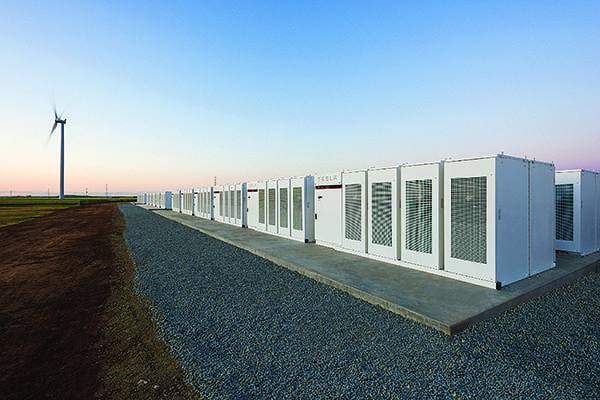
The problem with most forms of renewable electricity generation is that they are dependant on fuel sources that can’t be controlled by the generating entity. Wind is a perfect example — wind can not typically be used for “base load” because, oddly enough, sometimes the wind does not blow.
Hornsdale is a step in fixing that problem. By storing the generated electricy in the world’s largest battery bank (provided by Tesla), that power can be tapped when the wind does not blow hard enough to meet the needs of the local community. This is a pilot project, but it does provide a first step in providing scalable solutions to turn renewable generation into base load capable generation.
Those who powered up were:
- Walter_V_R
- Garfield
- hhgygy
- Phil Ower
- Martin de Bock
- Paul Voestermans
- Andreas Meister
- René De La Carte
- Борис Карлофф
- Lighthouse
- Eloy Cano
- Wendy Coburn
- Mika
- Rob de Wolff
Contest #635
Contest #634: Portvakten Söder, Passive House Apartment Buildings, Växjö, Sweden
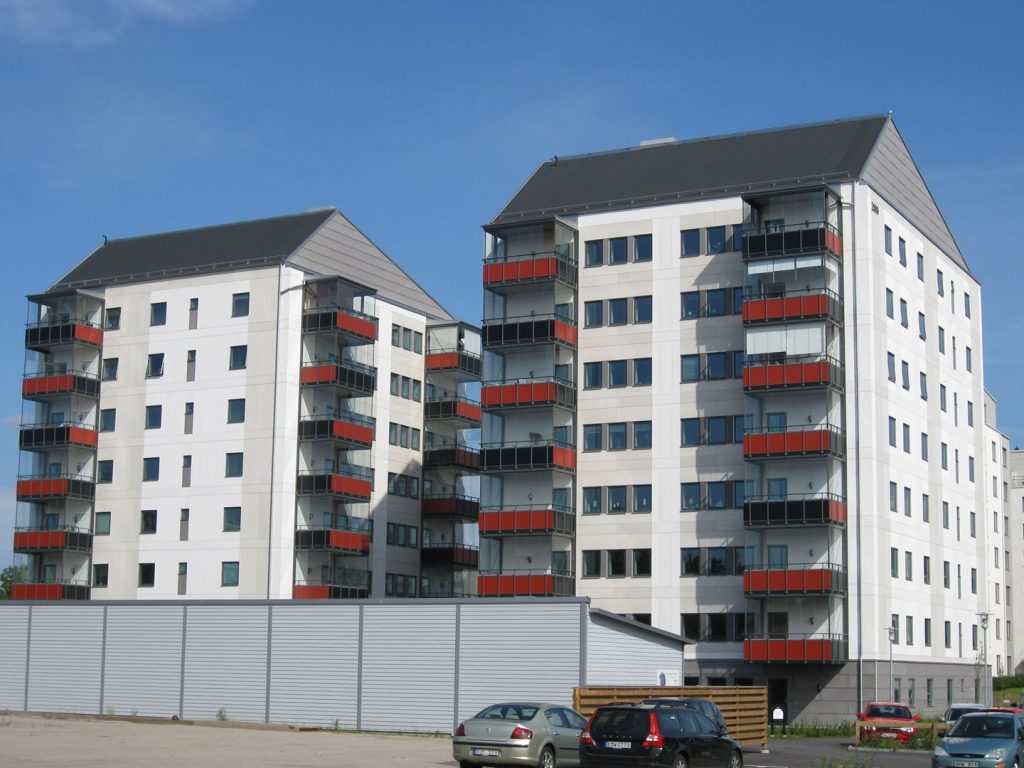
Passive house architecture is a set of standards and methodologies for creating extremely energy-efficient spaces. Passive house uses technologies like superinsulation, dynamic heat-exchange units, low energy-loss windows, and intelligent air-exchange to minimize heat loss from the structure, allowing the tenants to leverage passive heat sources like body heat to keep warm, even in cold-weather climates like that found in Scandinavia.
In Växjö, they have taken this even further — Portvakten Söder is two, 8-story apartment complexes with 64 apartments between them. They have no traditional heating system. The heat produced by the residents, body heat, lamps, ovens, toasters, coffee makers, etc, is kept in the complex. Exhaust air is “mined” for heat which is redistributed throughout the buildings. A small allowance is made for unoccupied apartments, a battery that generates heat is built into each apartment which comes on only when the sensors in the air-handlers determine that the unit is not producing its fair share.
Those who moved in and save a bunch on their heating costs included:
- Paul Voestermans
- Martin de Bock
- Garfield
- Phil Ower
- Luís Filipe Miguel
- hhgygy
- Walter_V_R
- Teemu Pukki
- Hans1789
- MuThDdDe
And after the hint:
- Andreas Meister
- Lighthouse
